The Last Lap, The Mysterious Demise of Pete Kreis at the Indianapolis 500
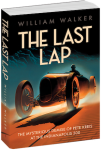
by William T. Walker Jr.
On the one hand it was called “the strangest death in all racing history” because no observable causes were found. On the other hand, unobservable forces may/did/could have put so much agony into a man’s soul that going over the edge, flying into the sky, crashing into a tree, was the only sure way to find peace.
Tony Hulman: The Man Who Saved the Indianapolis Motor Speedway
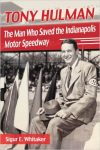
by Sigur E. Whitaker
From wholesale grocer to motorsports impresario this unknown businessman would become a household name. This biography presents these and many other of his activities.
The British at Indianapolis
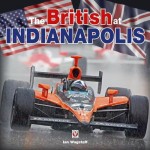
by Ian Wagstaff
The race that bills itself as “The Greatest Spectacle in Racing” turned 100 in 2011. This book celebrates the British contribution to the race, not just the drivers but the mechanics, engineers, designers, and even officials.
James Allison: A Biography of the Engine Manufacturer and Indianapolis 500 Cofounder

by Sigur E Whitaker
You know rearview mirrors, four-wheel brakes, front-wheel drive, and maybe even balloon tires. But do you know that all these things, and many more, can be traced back to one of the businesses that sprang from the fertile mind of James Allison (1872–1928)?
Hello, I’m Paul Page: “It’s Race Day in Indianapolis”
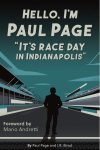
by Paul Page & J.R. Elrod
Could auto racing reporting be Emmy-worthy? You bet—Page did it twice! He probably could have brought excitement to reading the telephone directory out loud. From the X Games to hot dog eating contests, this memoir covers six decades in the broadcast booth.
The Fastest Woman on Wheels, The Life of Paula Murphy
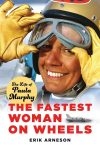
by Erik Arneson
Skates–sailboat–horse: if it moves, let’s see if it can move faster. She came to motorsports only in her thirties and then almost by accident, but it stuck and she was good with anything she drove. But she almost missed this biography, dying just a few months later.
Cord Complete
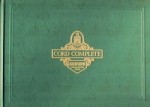
by Josh B. Malks
Cord Complete is simply the most appropriate title possible for this book for a myriad of reasons. Comprehensiveness is just one of those reasons. It is an amplification of Malks’ earlier volume on the same topic.
The Master Driver of the World, The 1914 Cactus Derby
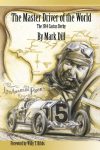
by Mark G. Dill
Only five of twenty starters finished this last running of the Los Angeles—Phoenix race and were lauded as “Motormen of Speed,” with the winner crowned “Master Driver of the World.” That was Barney Oldfield, he of the wild antics and colorful reputation.
Vintage Speed Parts: The Equipment that Fueled the Industry
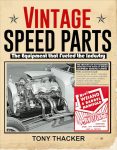
by Tony Thacker
Dreaming about hot rods in far-away Britain in the 1960s the author couldn’t have imagined moving to California to become involved in many aspects of the speed world, from selling parts to setting speed records to running a museum—to writing piles of books.
Dirt Tracks to Glory

The Early Days of Stock Car Racing As Told by the Participants
by Sylvia Jean Wilkinson
There are so many reasons to be interested in this book: excellent writing, first-person accounts, the tipping point when local Saturday-night hot-shoes might find themselves millionaires at a national level.
Eastern Air Lines: A History, 1926–1991
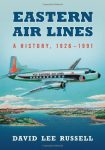
by David Lee Russell
Once upon a time Eastern was the most profitable airline in the postwar era. It became Walt Disney World’s official airline. Then: strikes, fuel crisis, deregulation, management shake-ups—bankruptcy.
24 HOURS, 100 Years of Le Mans

by Richard Williams
How far can you go, nowadays, pretty much nonstop, in 24 hours? Oh, about 3200 miles—an inconceivable number a hundred years ago when this epic endurance race was first held.
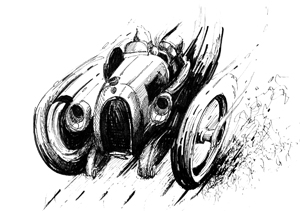

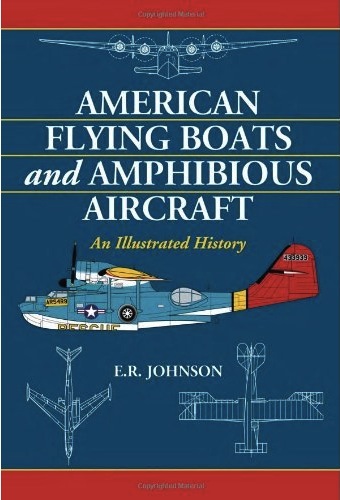

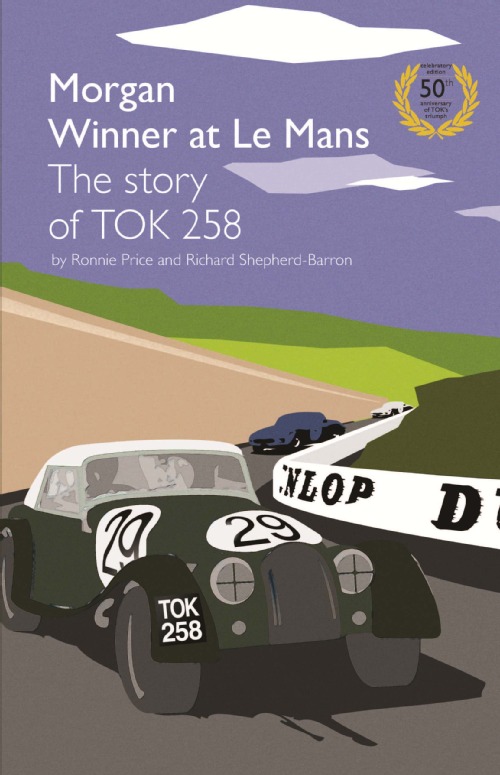
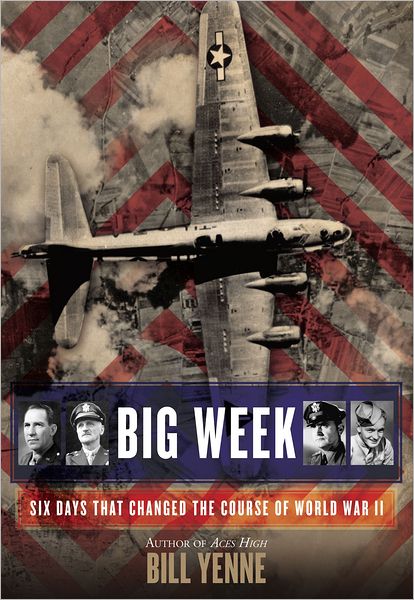
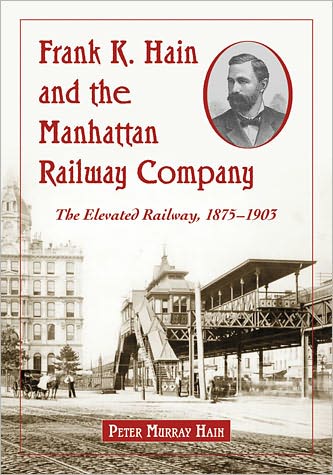
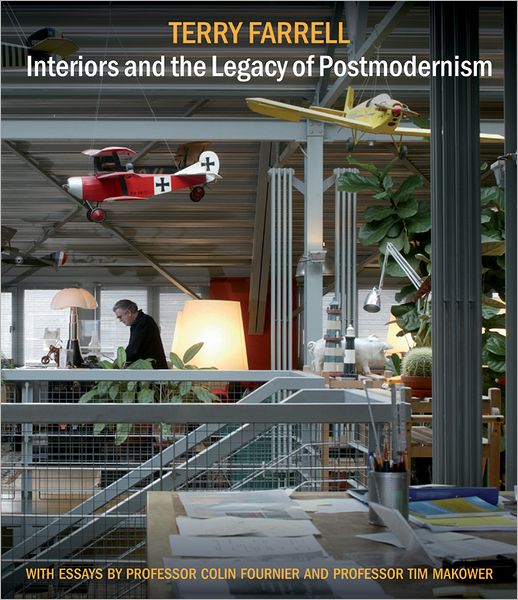

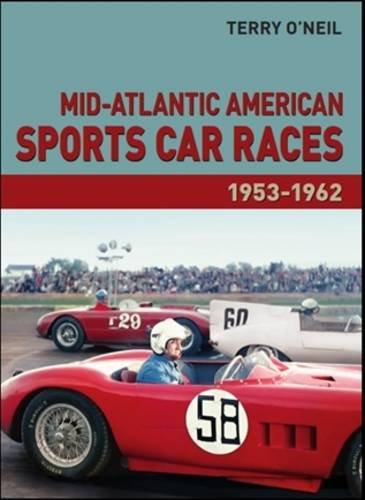
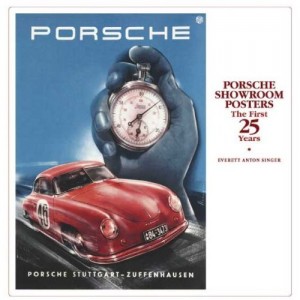
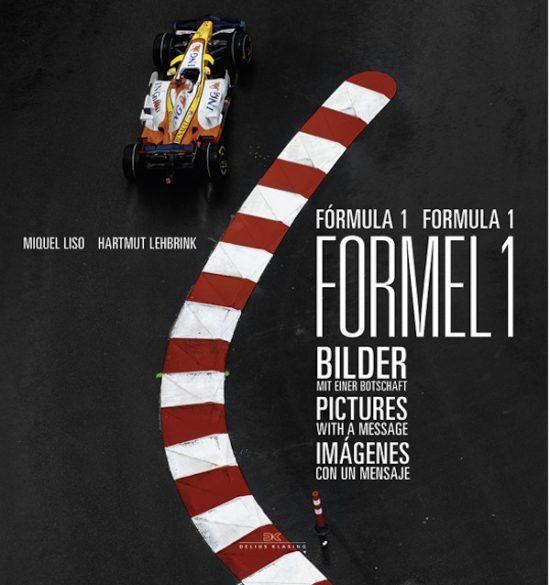
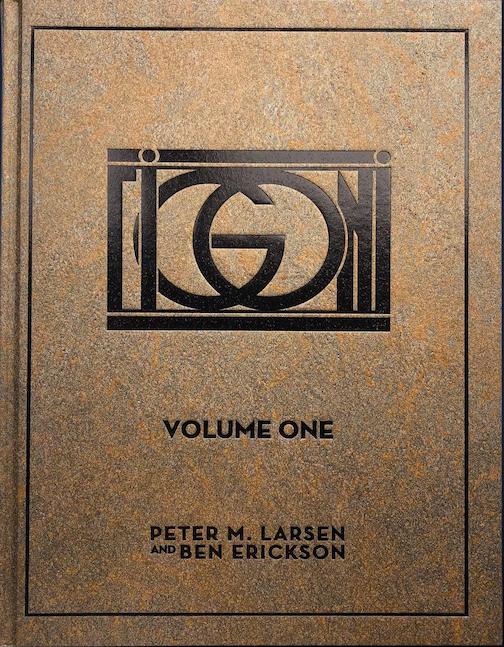
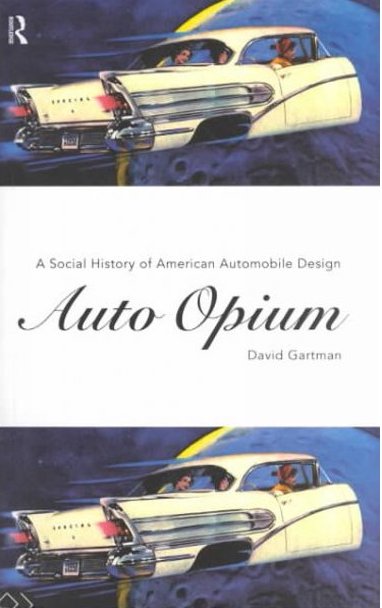
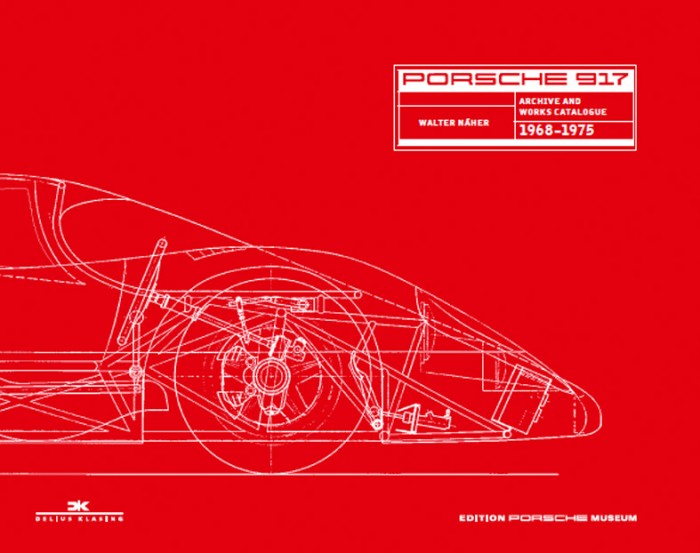
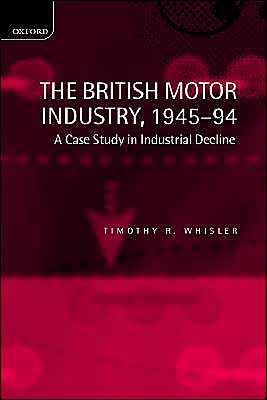
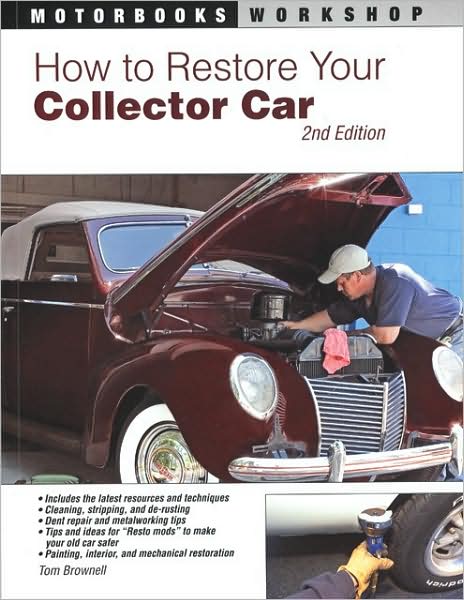
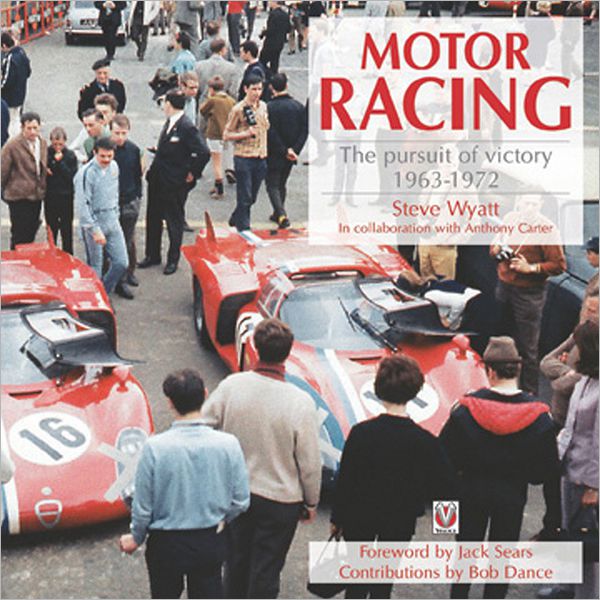

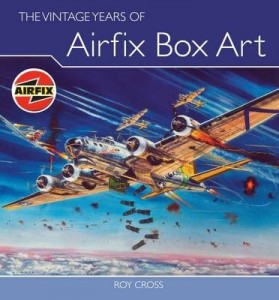
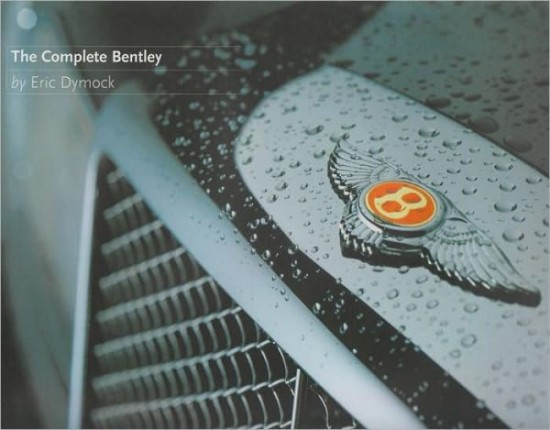
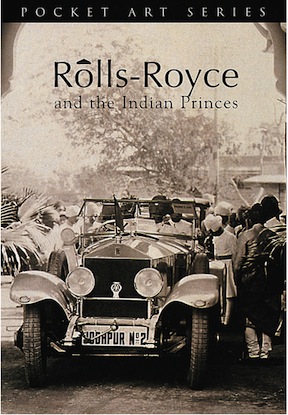
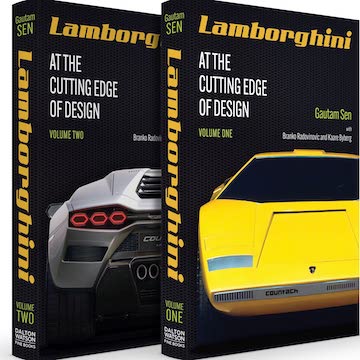
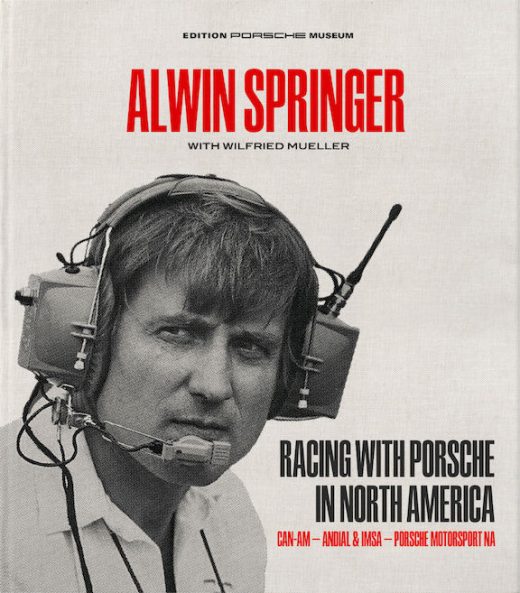
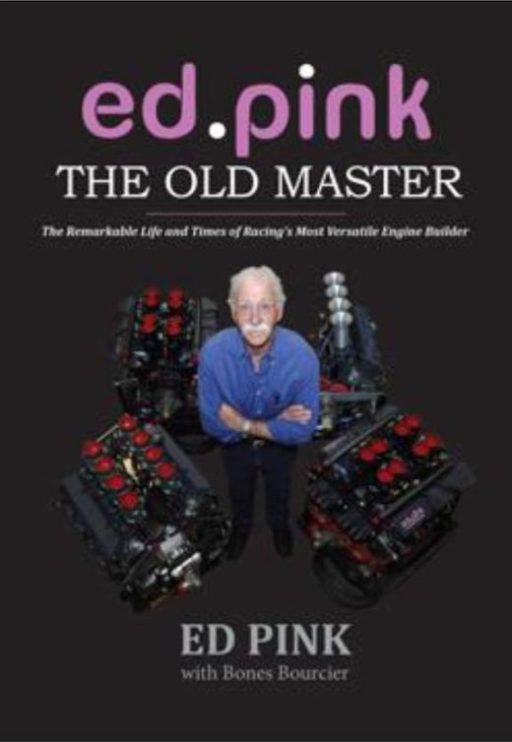
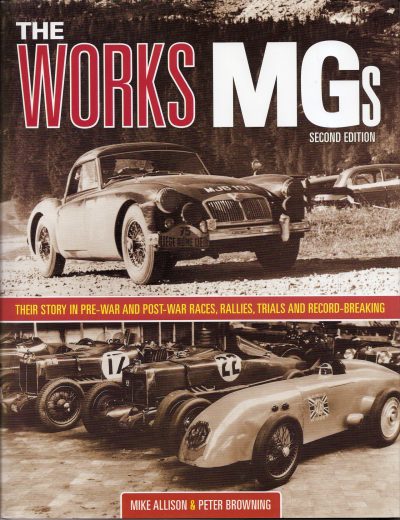

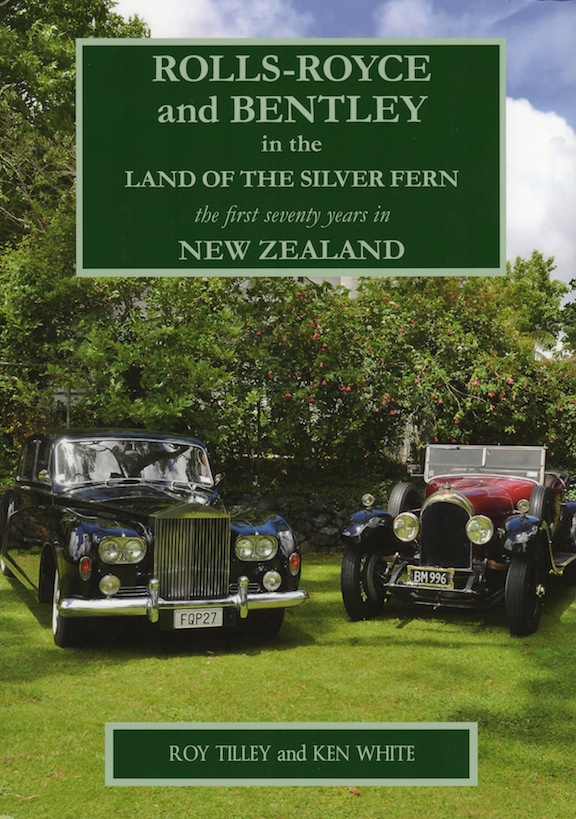

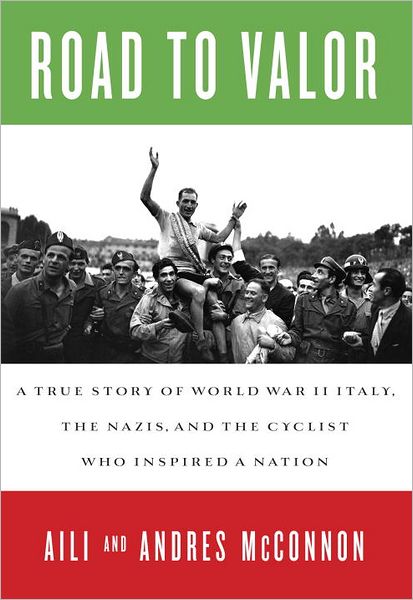

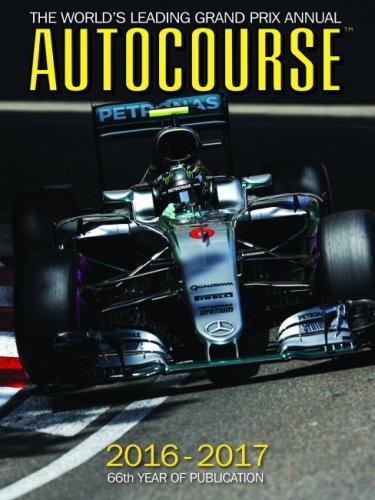
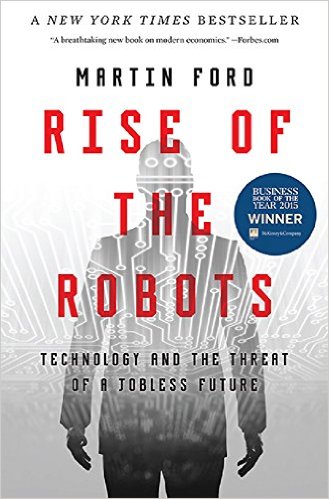
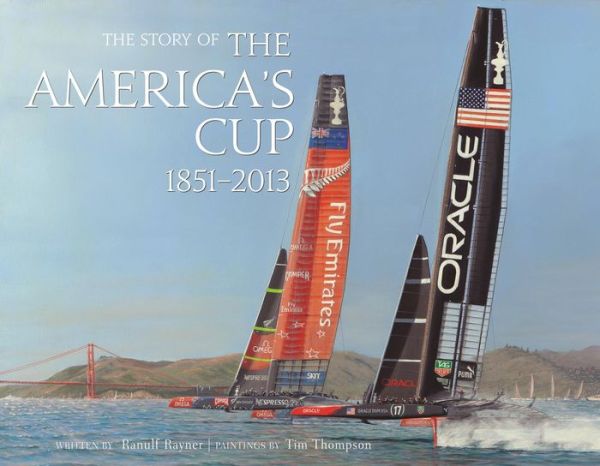
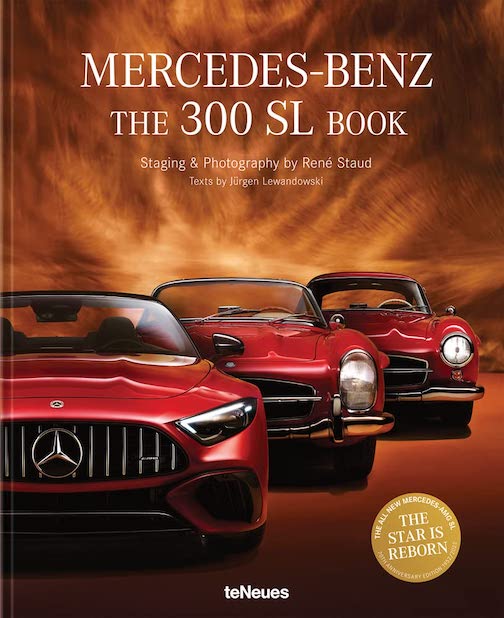
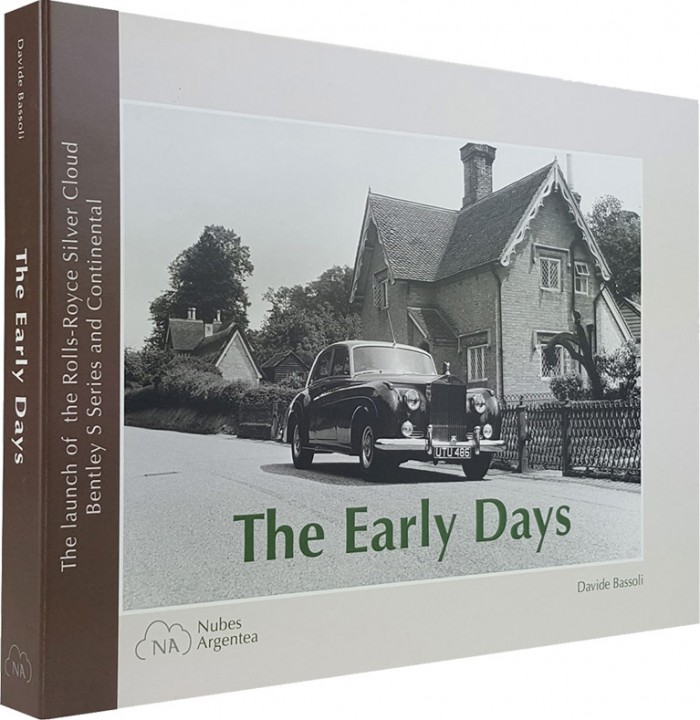
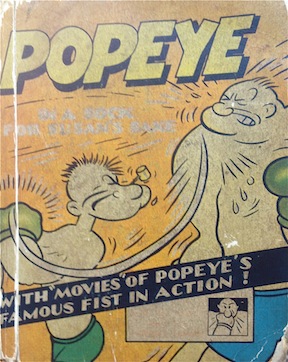

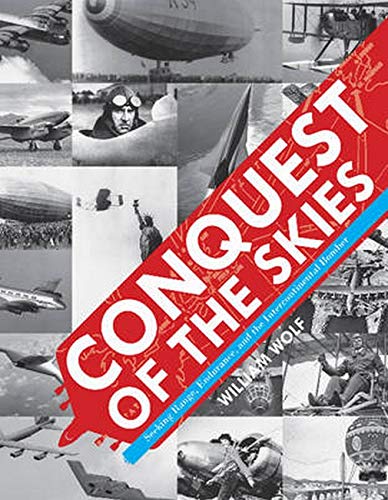
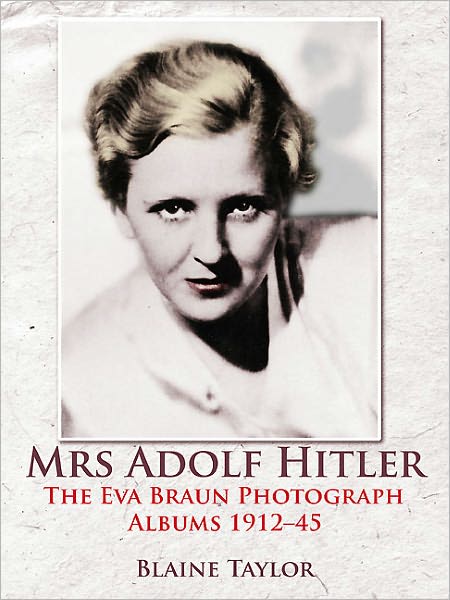
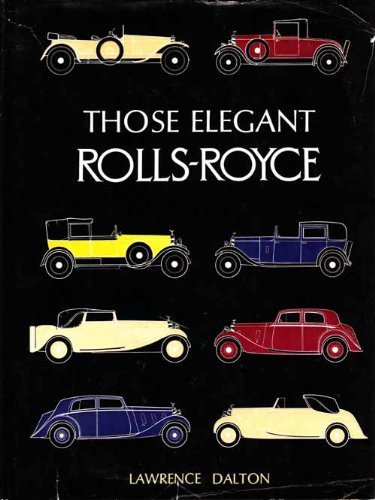
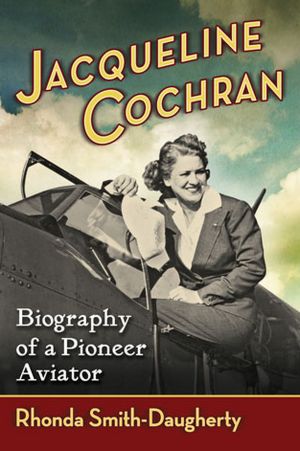
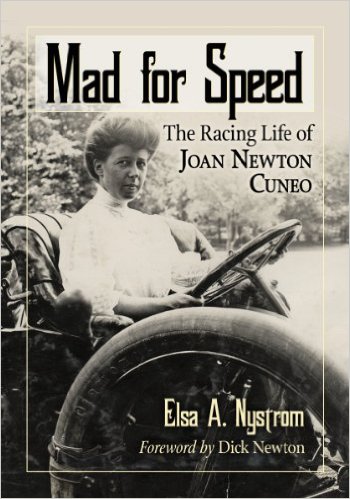
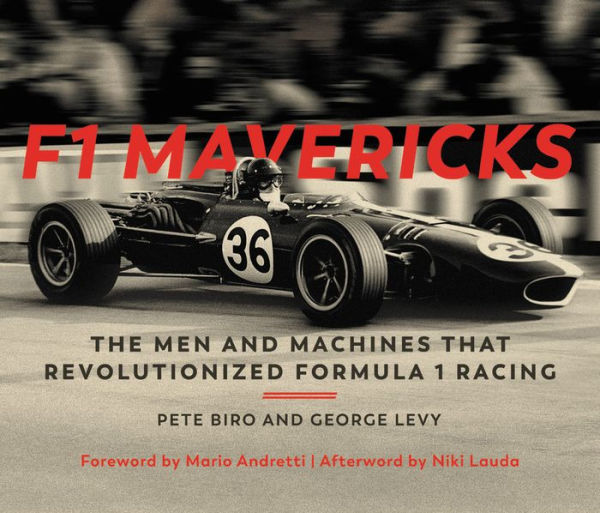

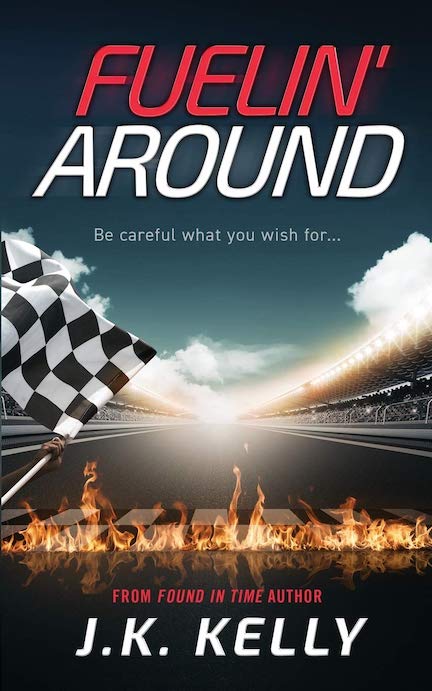
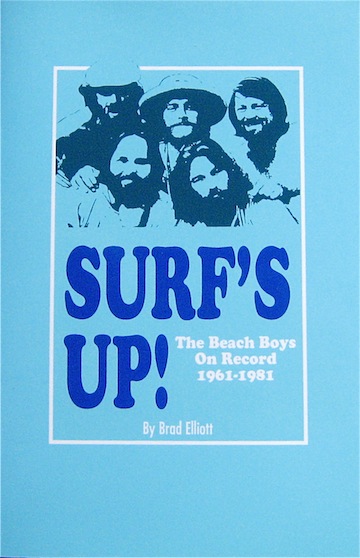
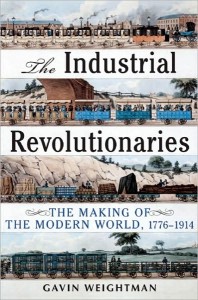
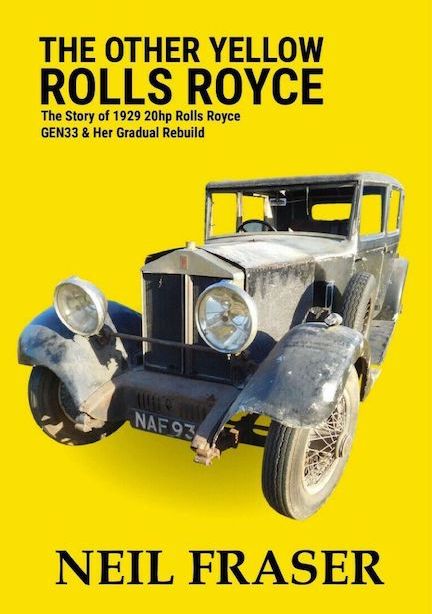

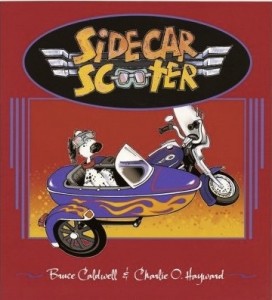
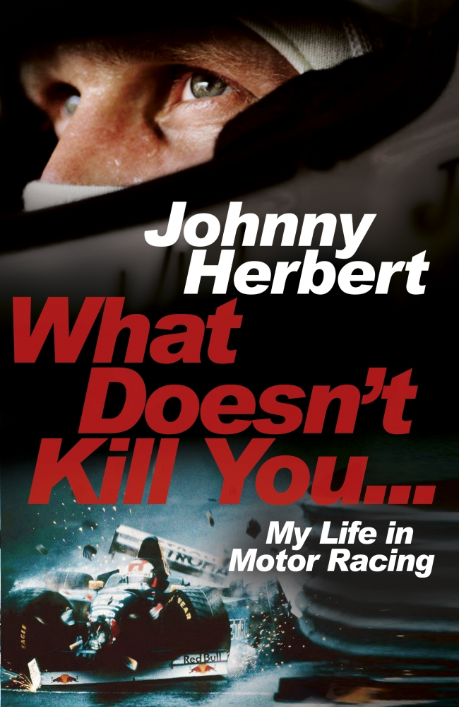
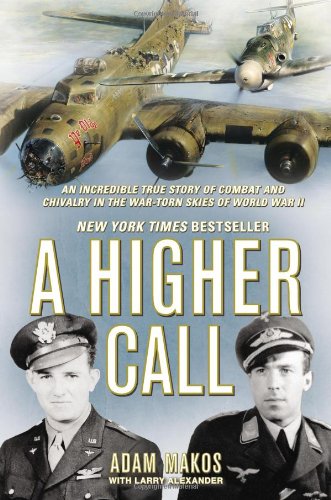
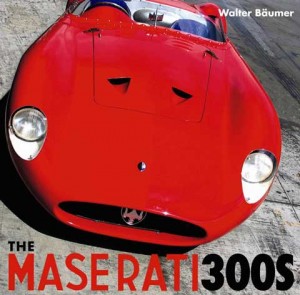
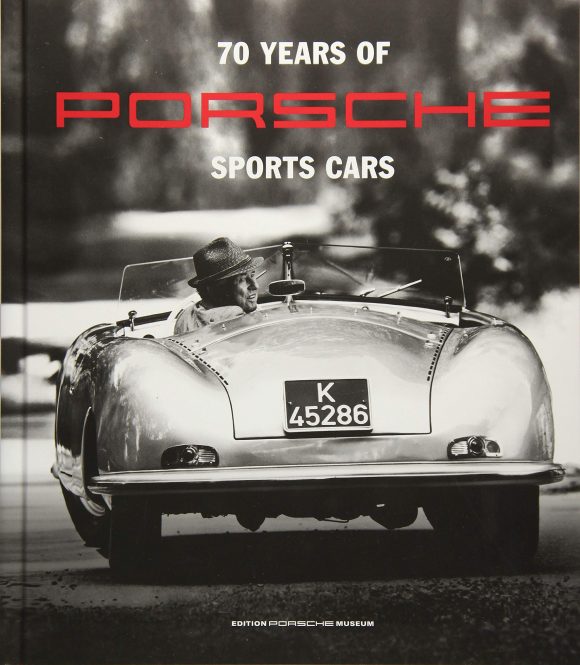

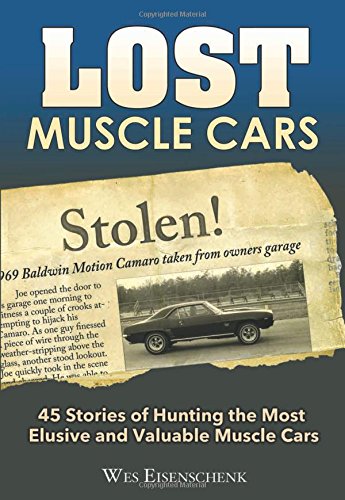

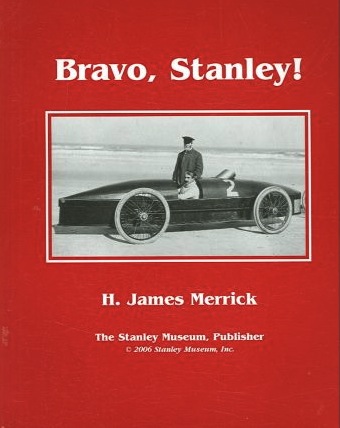
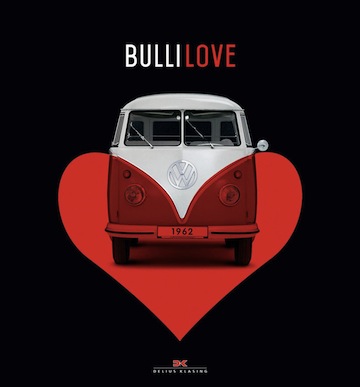
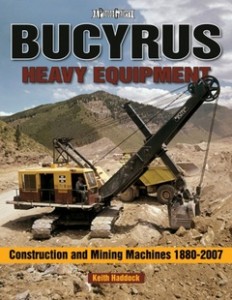
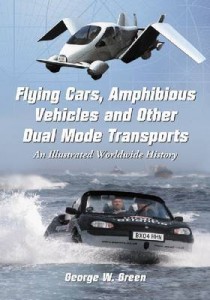

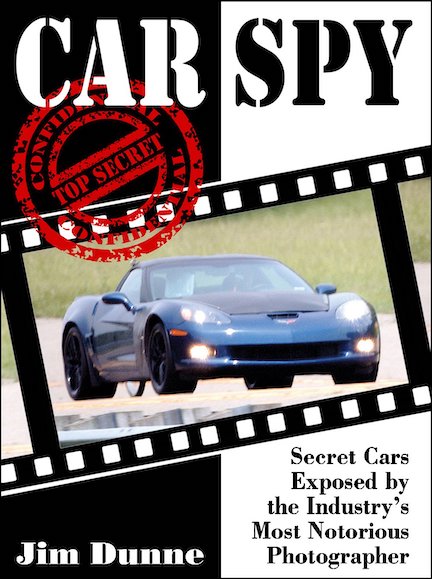

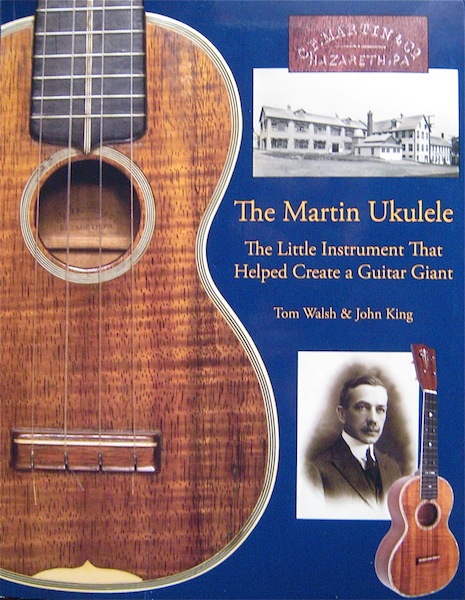
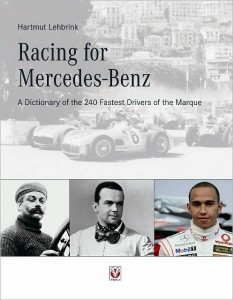
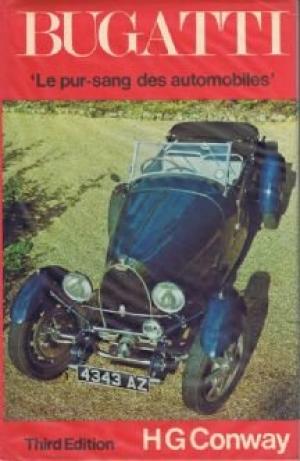
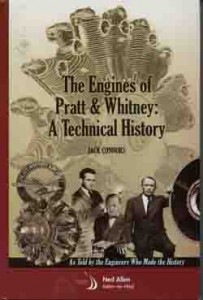
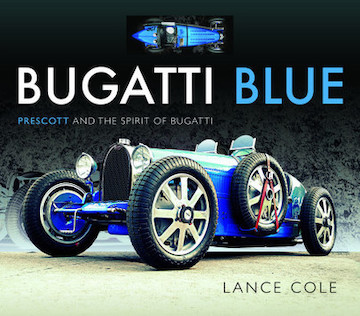
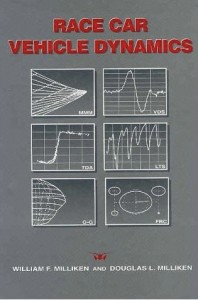

 Phone / Mail / Email
Phone / Mail / Email RSS Feed
RSS Feed Facebook
Facebook Twitter
Twitter